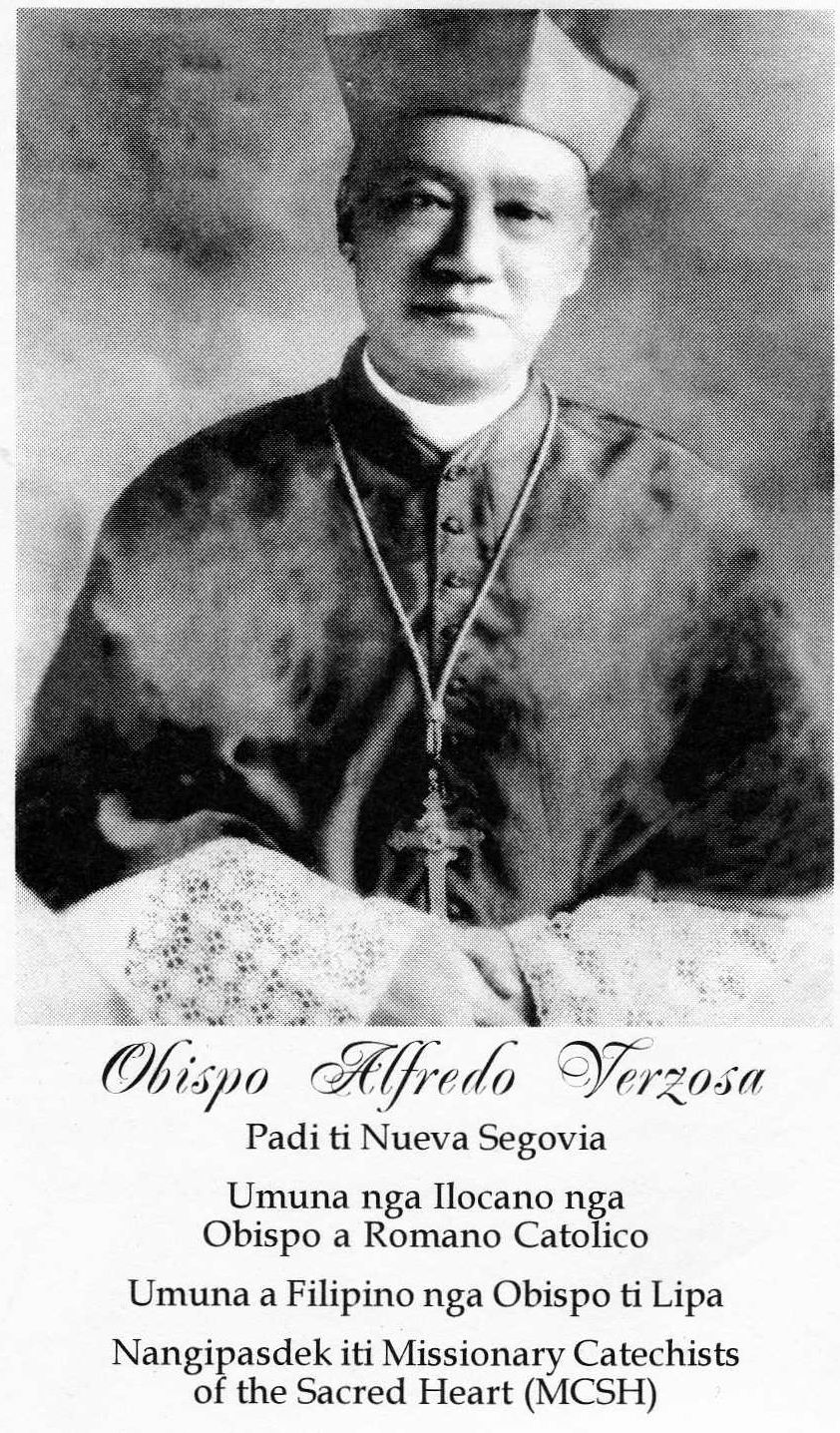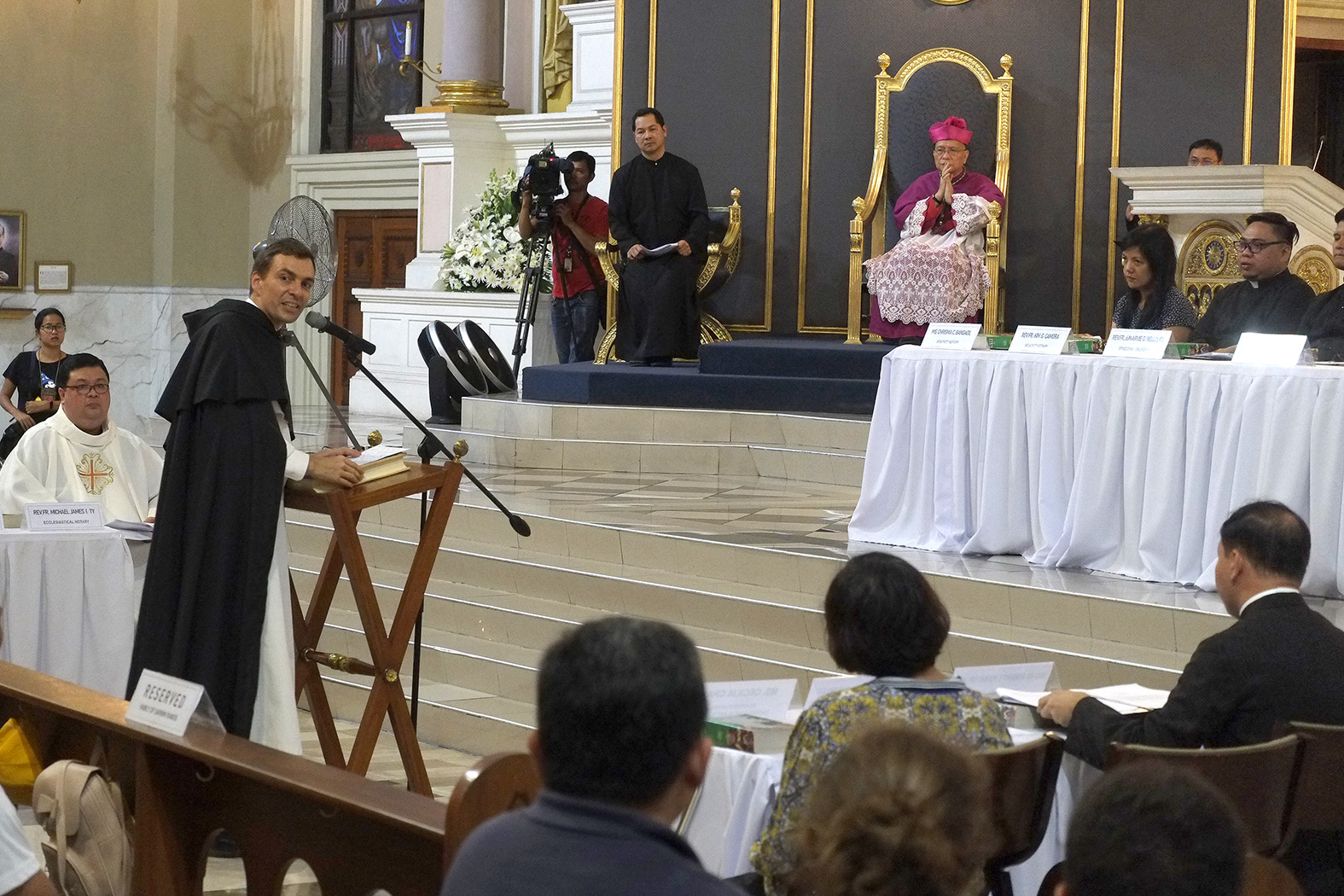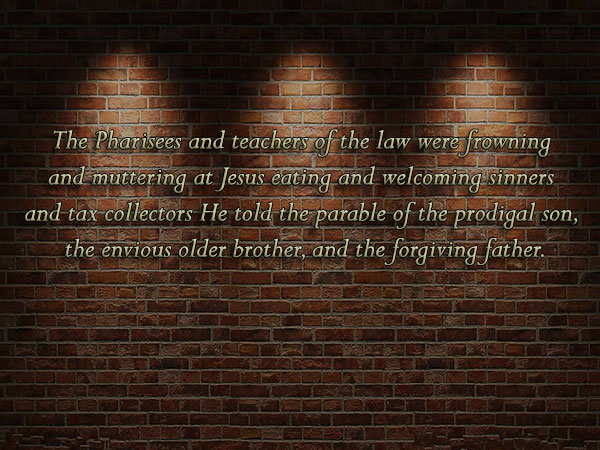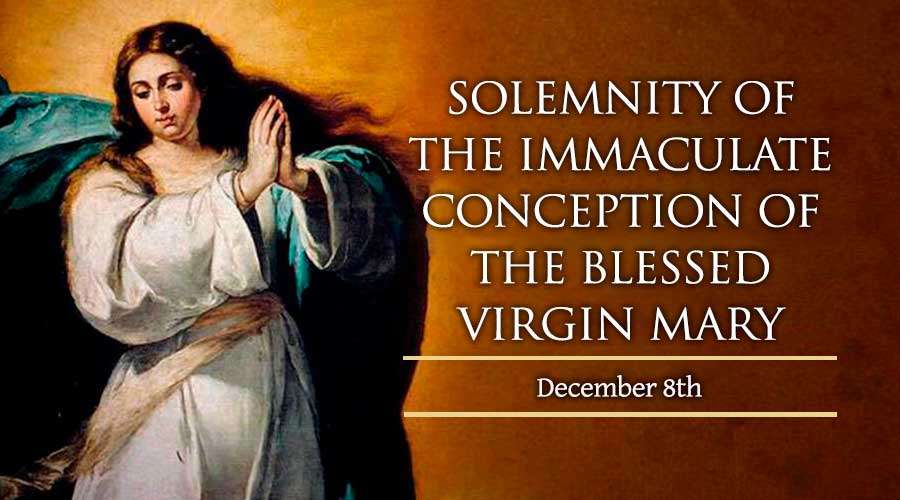 ROME, Italy – In line with the Church’s celebration of the Solemnity of All Saints today, Nov. 1, Filipinos in the Eternal City recently took part in the promotion of the cause to sainthood of one of their fellowmen.
ROME, Italy – In line with the Church’s celebration of the Solemnity of All Saints today, Nov. 1, Filipinos in the Eternal City recently took part in the promotion of the cause to sainthood of one of their fellowmen.
Hundreds of Filipino migrants in this city, mostly Ilocanos, attended a Mass presided over by Nueva Segovia
Archbishop Emeritus Ernesto Salgado, D.D., on Oct. 29 to promote the cause for beatification and canonization of the Servant of God, Alfredo Florentin Verzosa.
The Eucharistic celebration was held at the Church of Santa Maria Addolorata in Rome’s Piazza Buenos Aires. Priests, mostly chaplains of the Filipino Catholic migrant communities in Europe, concelebrated in the Mass.
Updates
The cause for beatification was opened in Vigan on Jan. 11, 2013 for the diocesan phase. The “Nihil Obstat” (“nothing blocks the way”) to the inquiry was issued by the Vatican’s Congregation for the Causes of Saints on Nov. 7, 2014. The diocesan inquiry was closed on April 2, 2016 and the papers were submitted by the postulator, Fr. Samsón Silloriquez, O.A.R., to the Congregation for the Causes of Saints which affirmed the validity of the diocesan investigation with the issuance of the “decree of validity” on June 2, 2017.
This was followed by the appointment of Msgr. Paul Pallath as relator in the writing of the cause’s official report or positio.
The positio is to be reviewed by a team of historians, theologians and, eventually, by some cardinals, and after all give an affirmative stance, the case is brought to the Pope for the declaration of the Servant of God as “Venerable” or worthy of veneration.
Major miracle
One major miracle is usually required through the intercession of the Servant of God to reach beatification and another major one to reach canonization.
The Archdiocese of Nueva Segovia and the MCSH are intensely doing the promotion of the cause as part of the celebration of Versoza’s episcopal consecration centenary this year.
Defender of the faith
The Servant of God Alfredo Verzosa, born in Vigan, Ilocos Sur on Dec. 9, 1877, is the fourth native Filipino Roman Catholic bishop (after Bishops Jorge Barlín, Juan Bautista Gorordo, and Pablo Singson) and the first Ilocano.
As a priest, he fought for the preservation of Roman Catholicism against the threat of the Aglipayan schism at the beginning of the 20th century. He risked his life and worked for the revival of the Catholic Church in the Ilocos region, which was the bailiwick of Aglipayans, being the home-region of former priest Gregorio Aglipay, supreme bishop of the Iglesia Filipina Independiente.
In 1917, at age 39, he was consecrated bishop of the Diocese of Lipa, which at the time comprised the civil provinces of Batangas, Tayabas (now Quezón), Laguna, Mindoro, and Mariduque.
Verzosa’s pastoral priority was catechism and his passion for it led to the foundation of the Missionary Catechists of the Sacred Heart (MCSH) in 1923.
He was the bishop who invited the Carmelite Fathers, Pauline Fathers, Pauline Sisters, and the “Pink Sisters” to the Philippines.
Main consideration
Verzosa was also the Bishop of Lipa during the alleged “miracle of roses” in 1949. This was eventually declared “not worthy of belief” by the Vatican’s Congregation for the Doctrine of the Faith.
The Vatican lately clarified that the “Lipa miracle” was just an event in the bishop’s life and not the main concern and purpose of the beatification cause but the heroic virtues that emanated from the witnessing and holiness of the Servant of God, obedience to Church hierarchy being the foremost consideration.(Fr. Ericson M. Josue/CBCPNews)
http://cbcpnews.net/cbcpnews/sainthood-cause-of-filipino-bishop-pushed/











